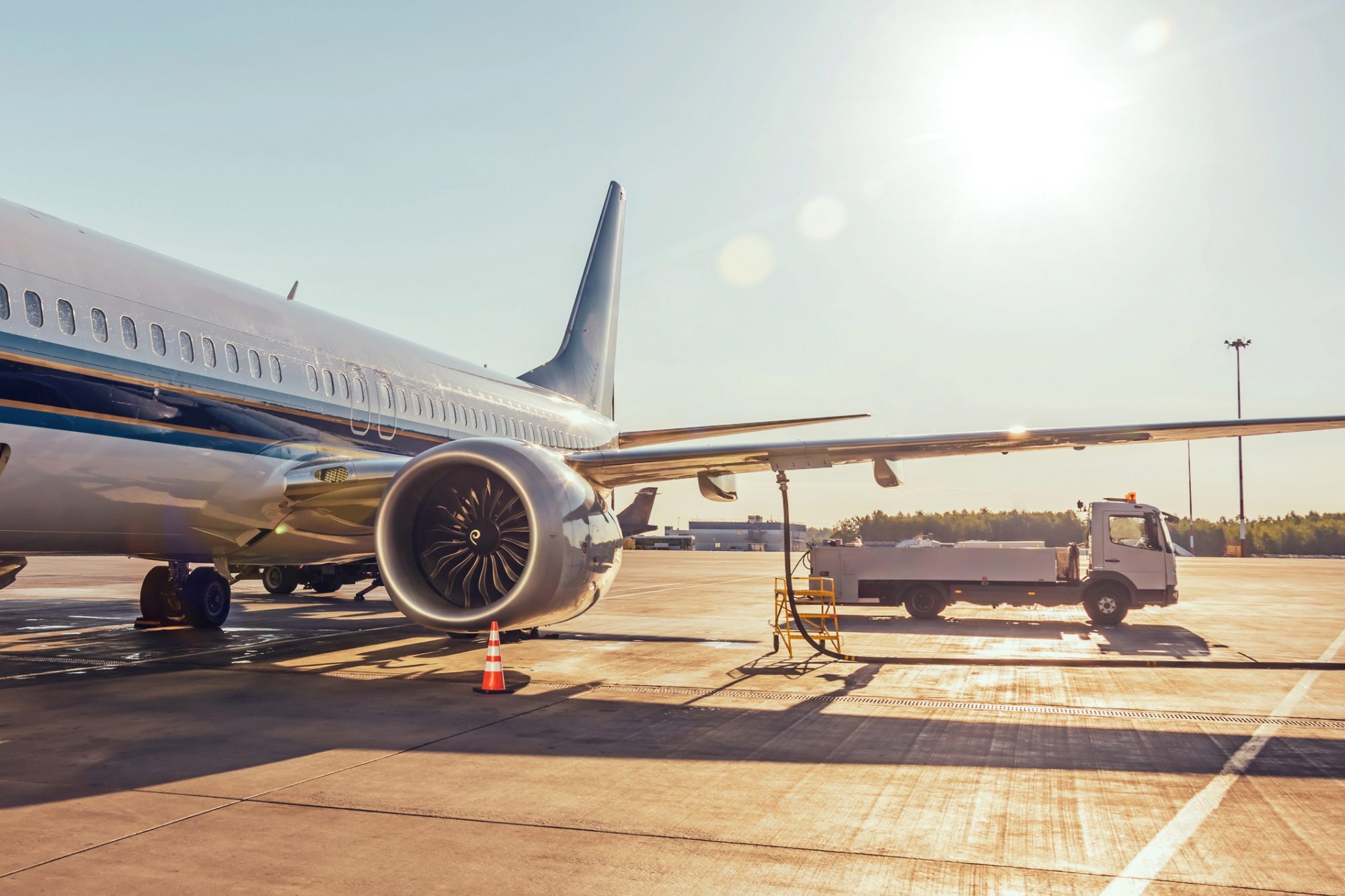
Aviation carbon reduction is a hot topic these days. With climate change on everyone's mind, reducing carbon emissions from airplanes is crucial. But how much do you really know about it? Did you know that aviation contributes about 2-3% of global carbon emissions? That's a lot for a single industry! Airlines are now investing in more fuel-efficient aircraft, sustainable aviation fuels, and even electric planes. Governments are also stepping in with regulations and incentives to push for greener skies. Curious about how these changes impact our planet and future travel? Let's dive into 17 fascinating facts about aviation carbon reduction!
Key Takeaways:
- Aviation contributes 2-3% of global CO2 emissions, but technological innovations, operational changes, and policy implementations are working to reduce its carbon footprint.
- Passengers can also play a role in reducing aviation's carbon footprint by choosing direct flights, flying economy class, and traveling light.
Aviation's Carbon Footprint
Aviation plays a significant role in global transportation, but it also contributes to carbon emissions. Understanding the impact and efforts to reduce it is crucial.
-
Aviation contributes about 2-3% of global CO2 emissions. This might seem small, but the high altitude at which planes release these emissions makes them more impactful.
-
Air travel demand is growing. With more people flying each year, the aviation industry's carbon footprint is expected to increase if no action is taken.
Technological Innovations
Advancements in technology are key to reducing aviation's carbon emissions. Here are some notable innovations.
-
Electric aircraft are being developed. Companies like Airbus and Boeing are working on electric planes to reduce reliance on fossil fuels.
-
Biofuels can cut emissions by up to 80%. Sustainable aviation fuels (SAFs) made from plants or waste materials offer a greener alternative to traditional jet fuel.
-
Lighter materials reduce fuel consumption. Using materials like carbon fiber in aircraft construction makes planes lighter, thus requiring less fuel.
Operational Changes
Changes in how flights are operated can also make a big difference in reducing emissions.
-
Optimized flight paths save fuel. By using more direct routes and avoiding congested airspace, airlines can reduce fuel consumption.
-
Single-engine taxiing reduces emissions. Pilots can taxi to and from runways using just one engine instead of two, cutting fuel use during ground operations.
-
Continuous descent approaches save fuel. Instead of descending in steps, planes glide down smoothly, using less fuel and reducing noise.
Policy and Regulation
Governments and international bodies are implementing policies to encourage carbon reduction in aviation.
-
The Carbon Offsetting and Reduction Scheme for International Aviation (CORSIA) aims to stabilize emissions. This global initiative by the International Civil Aviation Organization (ICAO) requires airlines to offset their emissions growth from 2020 levels.
-
EU Emissions Trading System (ETS) includes aviation. Airlines operating in Europe must buy permits for their emissions, incentivizing them to reduce their carbon footprint.
Airline Initiatives
Airlines themselves are taking steps to reduce their environmental impact.
-
Many airlines are investing in newer, more efficient aircraft. Modern planes like the Boeing 787 and Airbus A350 use less fuel per passenger.
-
Some airlines offer carbon offset programs. Passengers can pay a little extra to offset the emissions from their flight by funding environmental projects.
-
In-flight weight reduction strategies are being implemented. Airlines are removing unnecessary items and using lighter catering equipment to reduce weight and save fuel.
Passenger Choices
Passengers can also play a role in reducing aviation's carbon footprint.
-
Choosing direct flights reduces emissions. Non-stop flights use less fuel than those with layovers because takeoffs and landings are fuel-intensive.
-
Flying economy class is more efficient. More passengers per flight mean lower emissions per person compared to business or first class.
-
Traveling light helps. Lighter luggage means the plane uses less fuel.
Future Prospects
Looking ahead, there are promising developments on the horizon for reducing aviation's carbon footprint.
- Hydrogen-powered aircraft are being explored. Hydrogen fuel produces only water vapor when burned, offering a potential zero-emission solution for aviation.
The Future of Aviation and Carbon Reduction
Aviation's impact on the environment is undeniable. Airlines and manufacturers are making strides to reduce carbon emissions. From sustainable aviation fuels to electric planes, the industry is innovating. Governments and organizations are also setting stricter regulations to ensure compliance.
Carbon offset programs are becoming more popular, allowing passengers to contribute to environmental projects. Technological advancements like improved aerodynamics and lighter materials are helping planes become more fuel-efficient.
The journey to a greener aviation industry is ongoing, but progress is evident. By supporting these initiatives and staying informed, we can all play a part in reducing aviation's carbon footprint. The skies may be vast, but our efforts to protect them are growing stronger every day.
Frequently Asked Questions
Was this page helpful?
Our commitment to delivering trustworthy and engaging content is at the heart of what we do. Each fact on our site is contributed by real users like you, bringing a wealth of diverse insights and information. To ensure the highest standards of accuracy and reliability, our dedicated editors meticulously review each submission. This process guarantees that the facts we share are not only fascinating but also credible. Trust in our commitment to quality and authenticity as you explore and learn with us.


